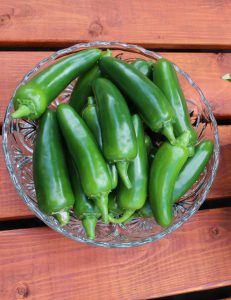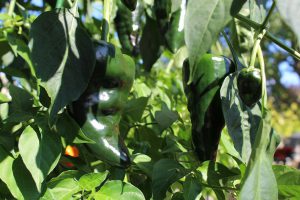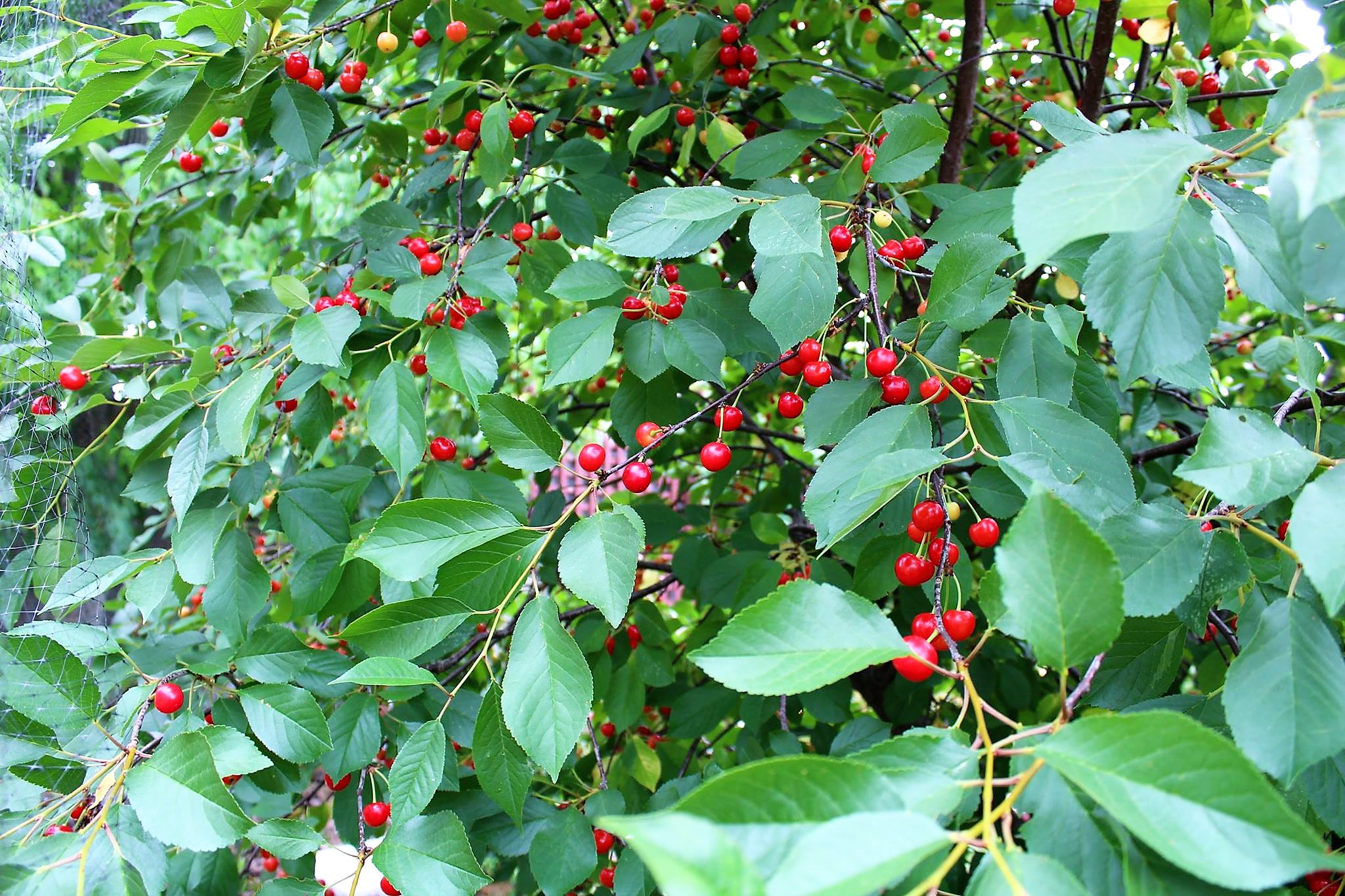
When I first moved to Southern Ontario, I was amazed at all the fresh fruit that was locally grown: apples, pears, peaches, plums, Concord grapes, and my favourite, cherries! The very first cherry pie I ever made was a sour cherry pie, the perfect blend of sweet and sour, and it was love at first bite. At the time, we lived in a high-rise apartment building, and I vowed that if I ever had room to grow a fruit tree that it would be a sour cherry tree.
In 2006, my husband and I moved our family to a beautiful brand-new home with a south facing backyard just north of London Ontario. That fall, anxious to start our landscaping, we planted the first of our trees. And, in order to get some immediate shade we opted to buy large trees which required having a landscape company use a tree spade to transplant the trees to our yard. Voila! Instant shade! I decided to border the backyard with three beautiful blue spruce trees along the back fence, five Alberta spruce trees on the southwest side and a large maple on the southeast side. The plan was that the next year I would expand the garden by adding my favourite flowering trees, shrubs and perennials.
So, you guessed it, the next spring the first tree I chose at the nursery was my beloved Montmorency sour cherry tree. Now I have to admit, I had not picked out the exact location for this tree when I bought it. I knew I would make it work, or at least that is what I told myself proudly as I put my newly purchased “tree baby” in the truck. That year, the cool spring weather turned hot quickly – not the best time to be digging holes or planting a tree.
And so, unsure of where exactly I wanted to plant it, I just dug a hole in one of the garden beds, and, pot and all, stuck it in the ground, and there it grew for one year. Not the best start for the tree, but a testament to just how resilient these trees are.
The next spring, I knew I needed to move it to its forever home to give it optimal room to grow. I decided to make it a focal point in the yard and so dug it up and moved it to the centre of my backyard. And there it has grown, in perfect view from my dinette table. One of the best landscaping decisions I ever made!
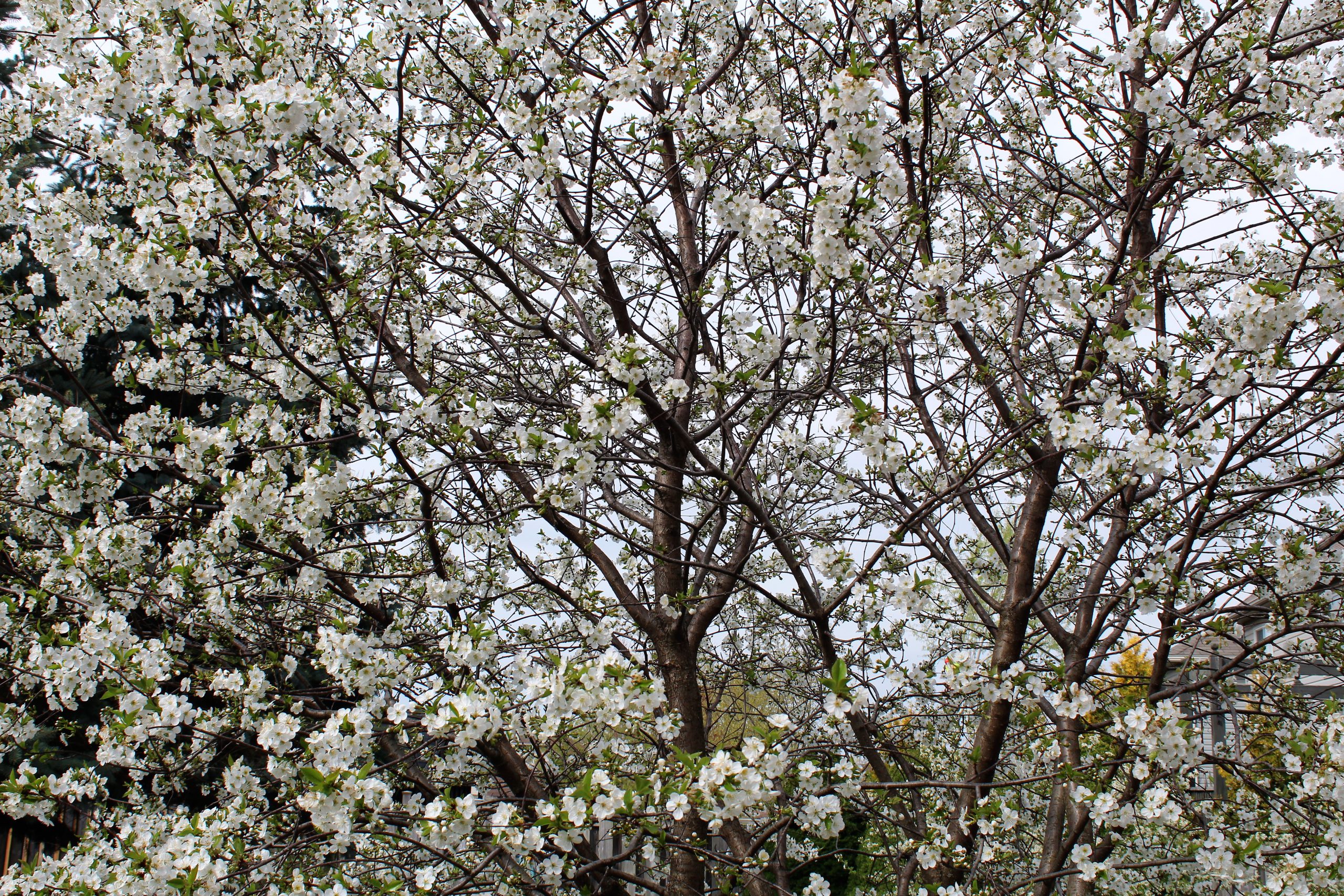
In the early spring, around the end of April or beginning of May, this amazing tree bursts with snow white blossoms, which are short lived but often last until Mother’s Day – making for many lovely Mother’s Day pictures over the years.

By June the fruit has formed and usually two months after the tree blooms, by the first week of July, the bright red fruit with yellow flesh is ready for picking. This rich, tart, tangy fruit, like when the tree blooms, happens all at once and so be prepared to harvest all those delicious cherries in one to two weeks. Check out this link to learn how to pit sour cherries and make my all time favourite Sour Cherry Preserves
Sour Cherry Preserves 2019
For the most delicious sour cherry pie use the Busy Life Pie Crust and make a sour cherry filling using this Blueberry, Berry or Cherry Pie recipe.
Now why does this fruit tree make sense for absolutely anyone interested in growing fruit in their yard? First, although these trees grow optimally in sandy, loamy soil, they also grow well in a variety of soil conditions with good drainage. It is self fertile and so you do not need to plant an orchard in order to get fruit. And the tree is hardy in areas as cool as zone 4a and in fact requires about 700 chill hours or a typical winter like here in Southern Ontario. The best part- it does not need to be sprayed with insecticides or fungicides to keep pests away,
The tree can be kept at a manageable height for home gardeners, making it an ideal tree to harvest.
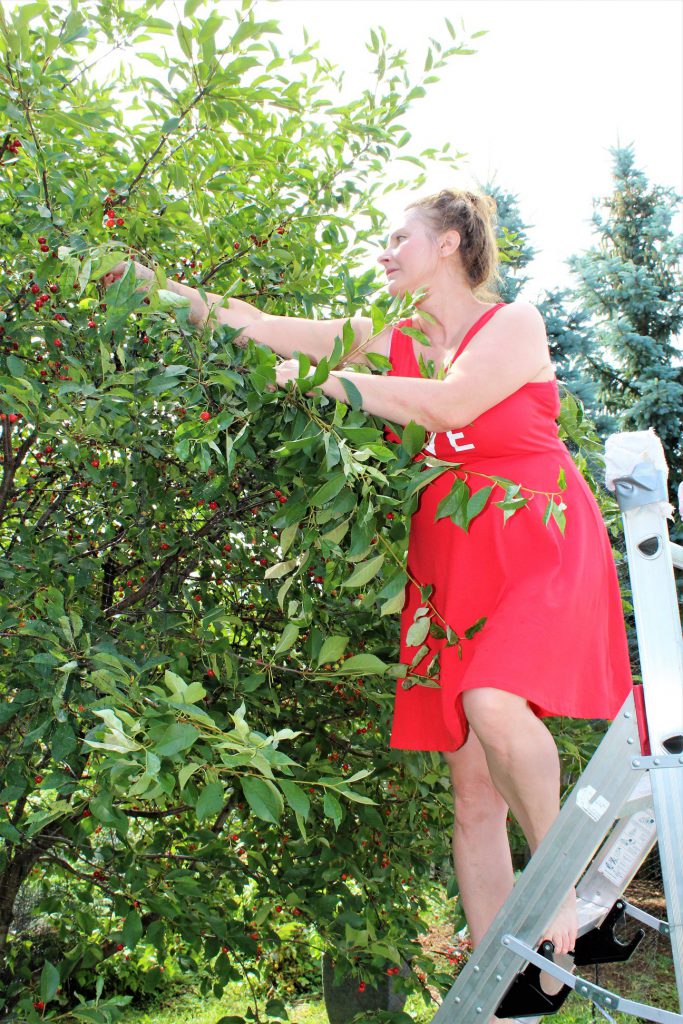
I prune my tree in the late winter, (late March in my area) and net the tree to save the cherries from the birds. To ensure plump fruit, I make sure to water the tree once a week when the fruit is on the tree especially during really hot stretches without rainfall. You can fertilize the tree but the tree that I have in my backyard has never been fertilized. I do however, amend the soil in the gardens around the tree and it certainly benefits from this.
When planting a sour cherry tree, you will need to care for it in the first year. This is to ensure that it gets established and makes it through the winter. Here is a summarized planting guide or you can check out this video:
- Plant your tree in the early spring (after the risk of frost) or in the fall.
- For a tree that is in a pot with a 12″ diameter, dig a hole about 20 “deep and a diameter of 24″ and backfill with about a foot of triple mix soil. Sour cherry trees like slightly acidic soil so you can also mix in some peat moss with your soil. Make sure to make the hole twice the diameter of the pot. This will make it easy for the roots to grow out and down.
- After you backfill, add about a half cup of bone meal and mix it in.
- Take the tree out of the pot and pull the roots down from the bottom. You don’t want to leave the roots at the bottom wound up.
- Fill the rest of the hole with triple mix and then work in some soil acidifier around the drip line. Don’t add the acidifier close to the roots.
- Water the tree.
- Wrap some bark protector around the lower trunk of the tree to protect the tree from rabbits and small critters.
- Put a layer of mulch around the planting area but not right up to the trunk of the tree. This mulch will keep the weeds down and help the planting area retain moisture.
- Stake the tree. Place the stake on the side of the tree where the prevailing winds arise. Thread some rope through a rubber hose. Tie the tree with just light tension making sure that the rubber hose rests on the bark of the tree.
- Make sure to water your tree every week this first summer.

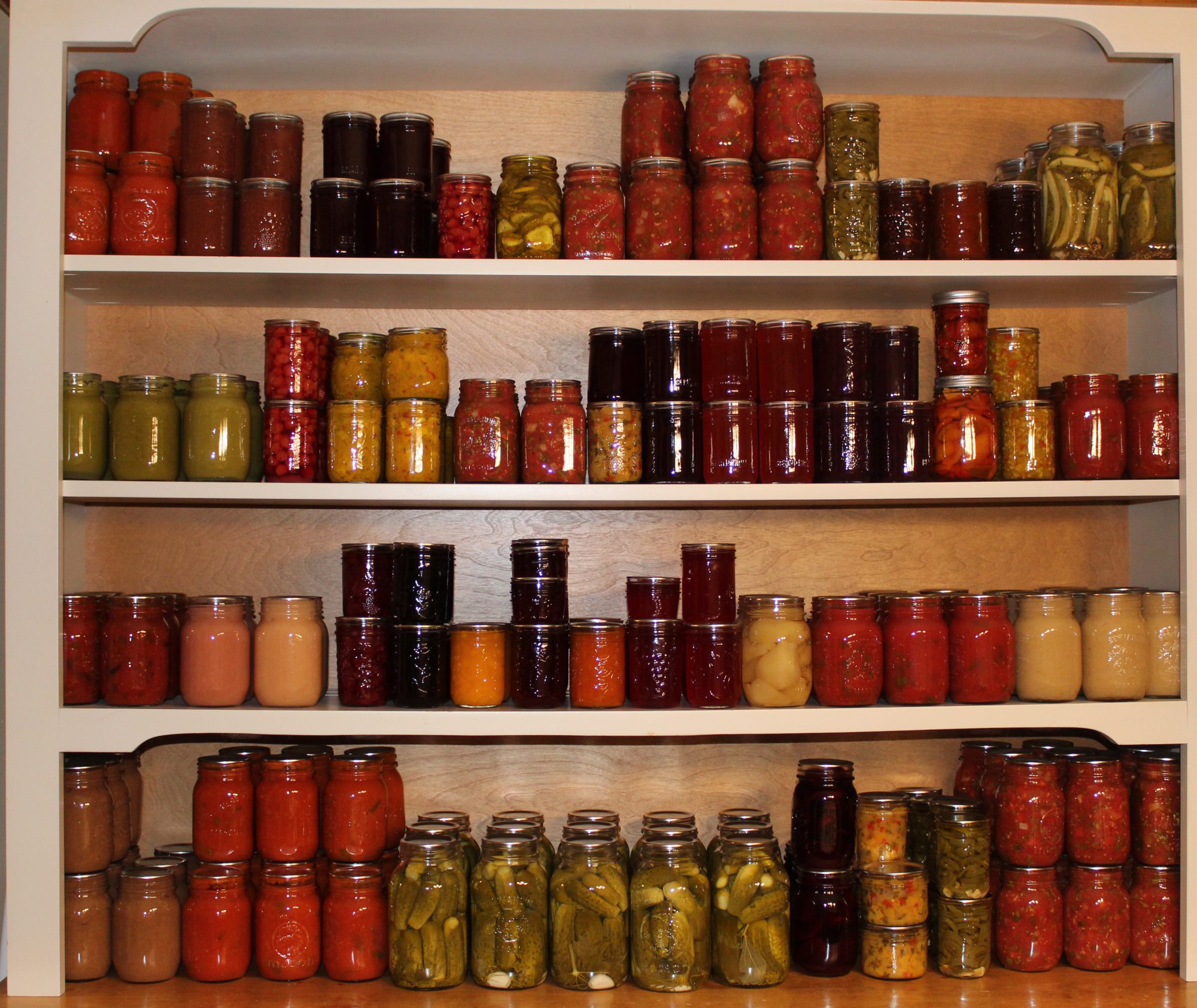



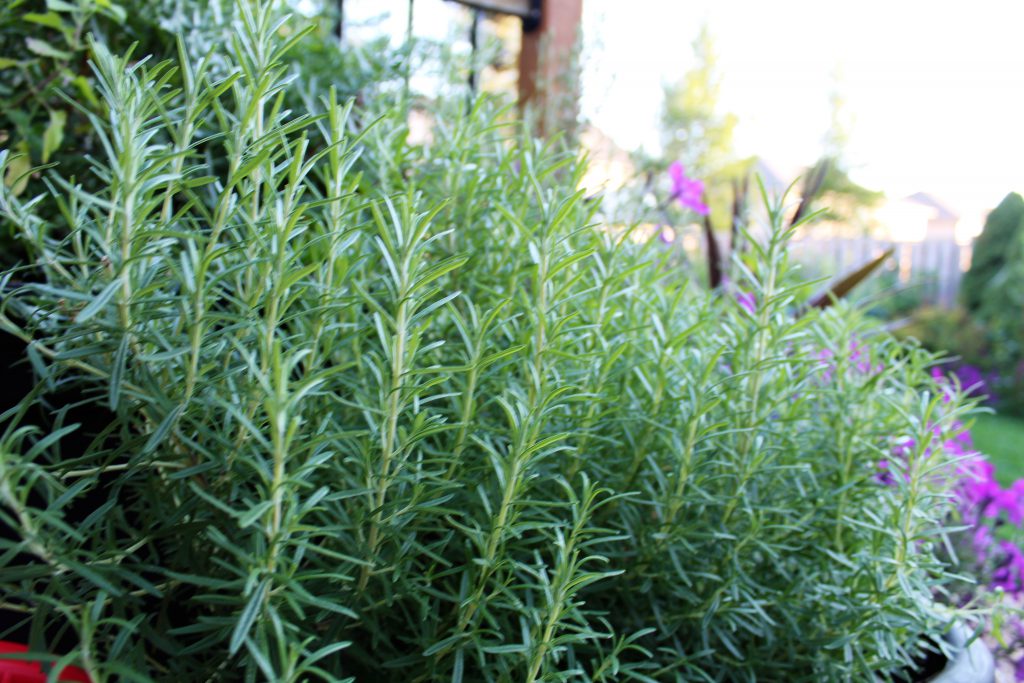
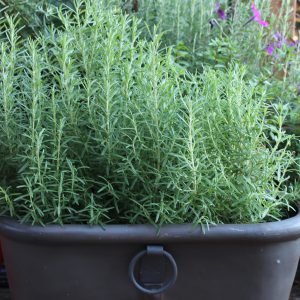









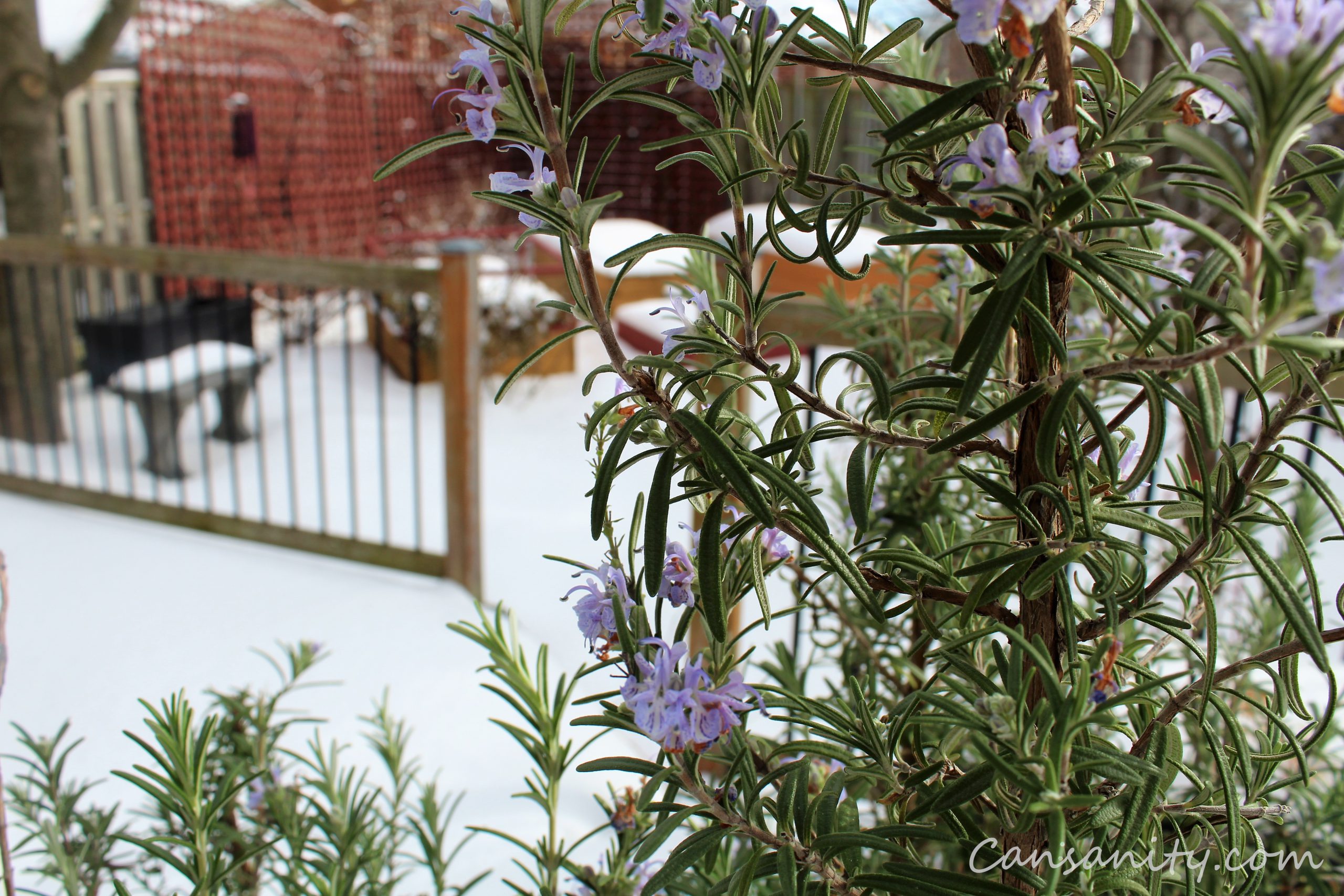
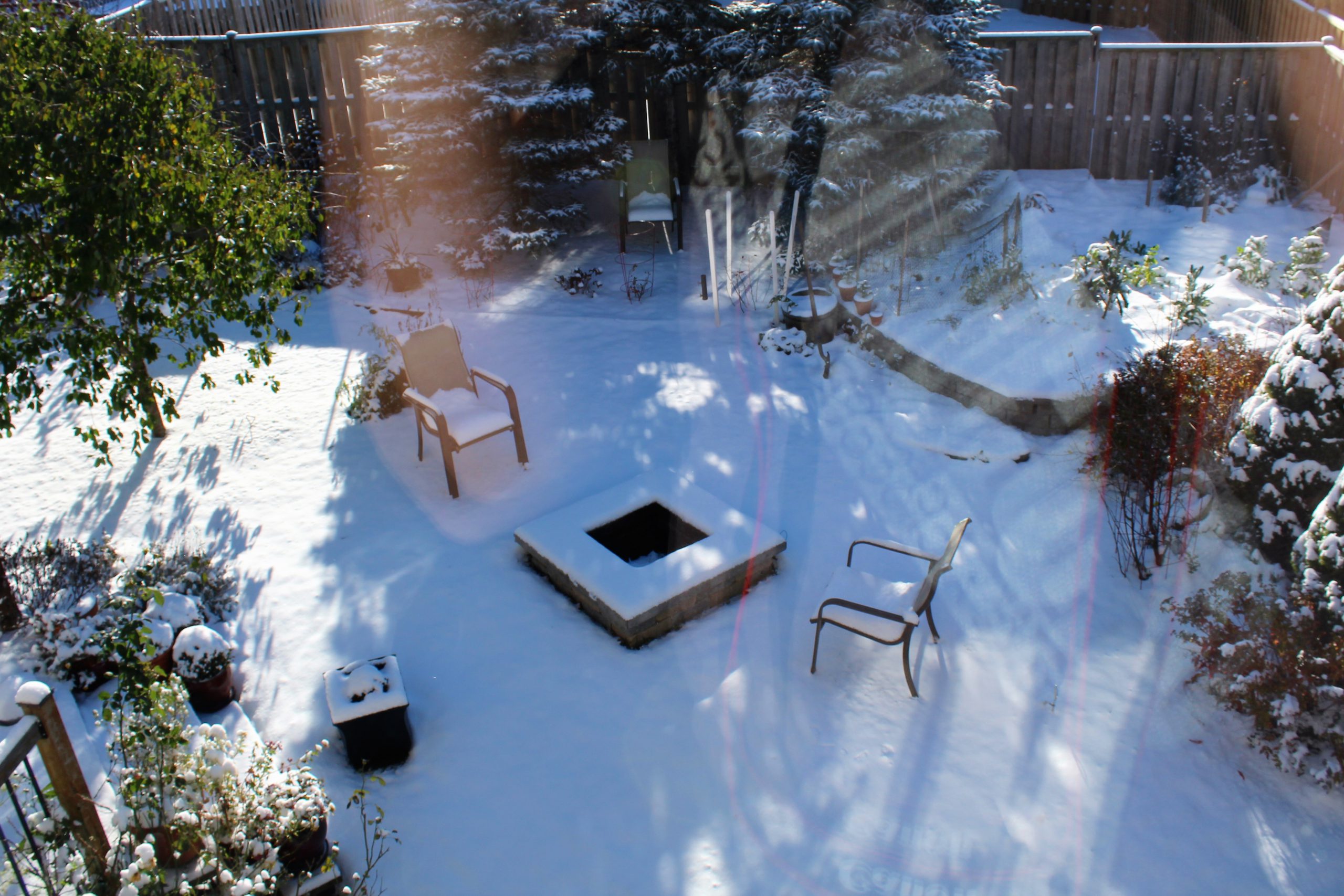

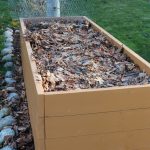
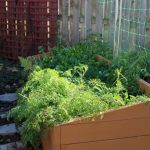
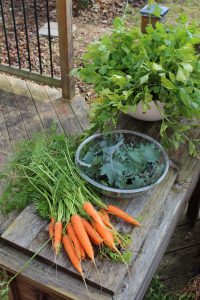

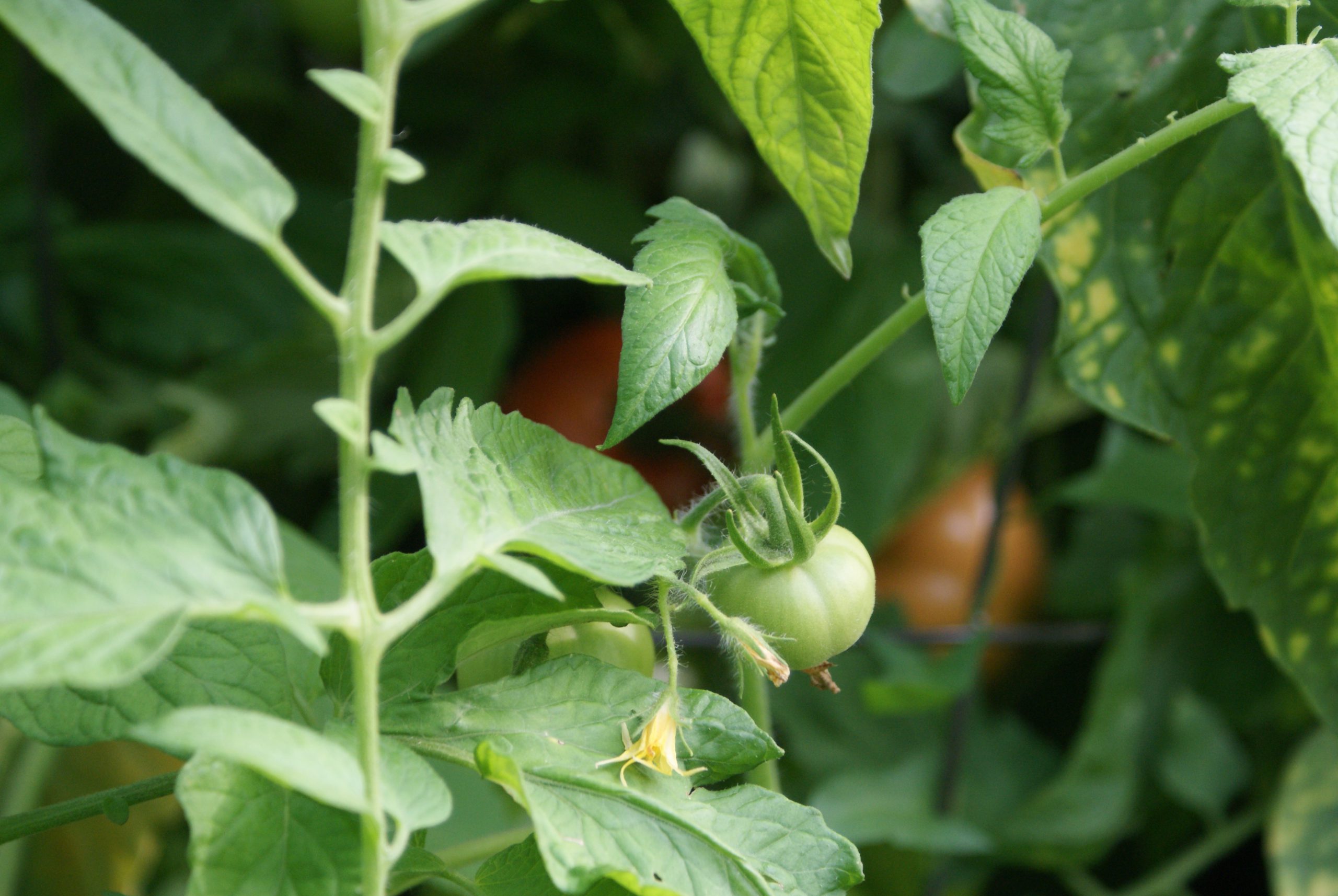

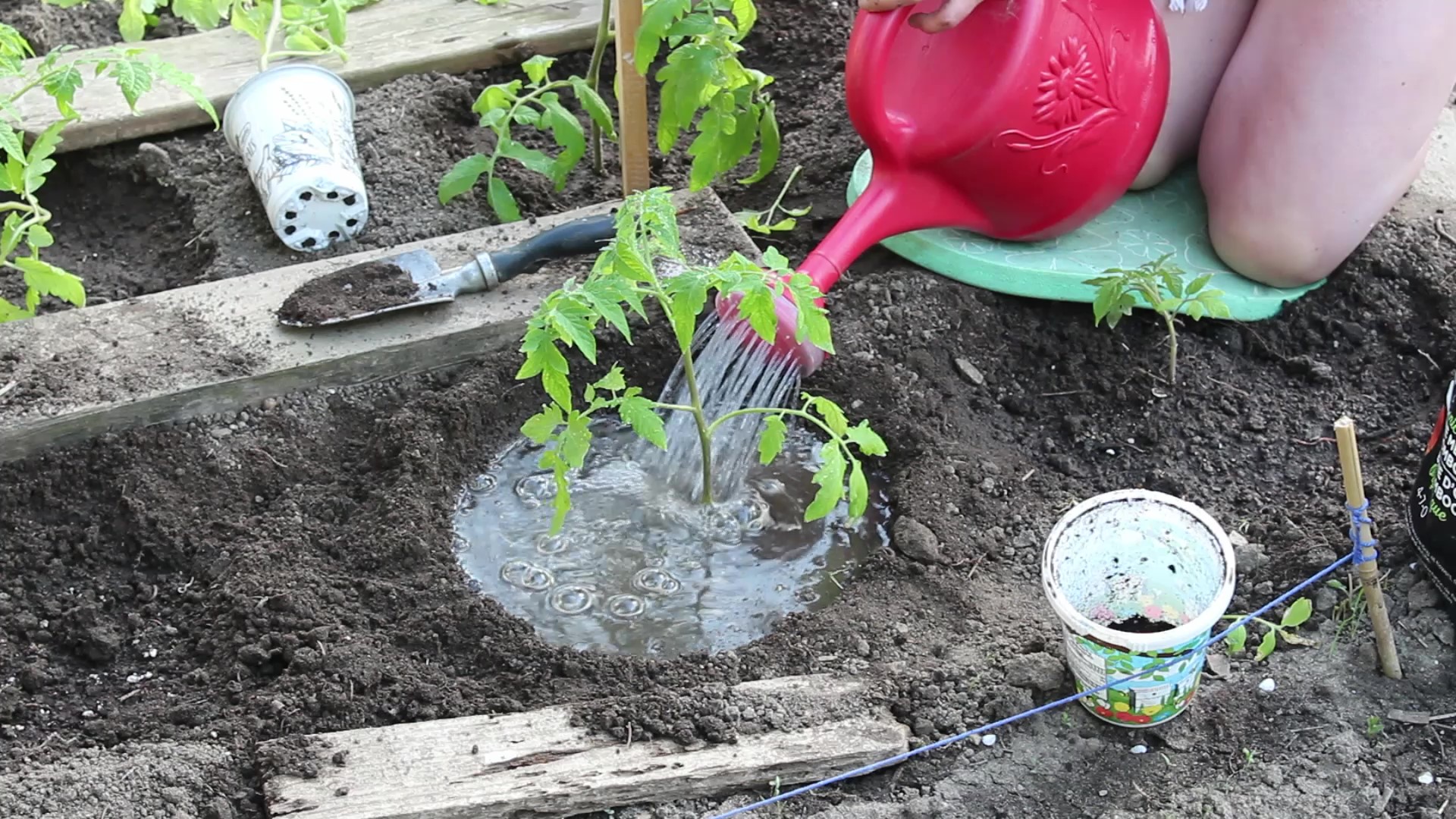
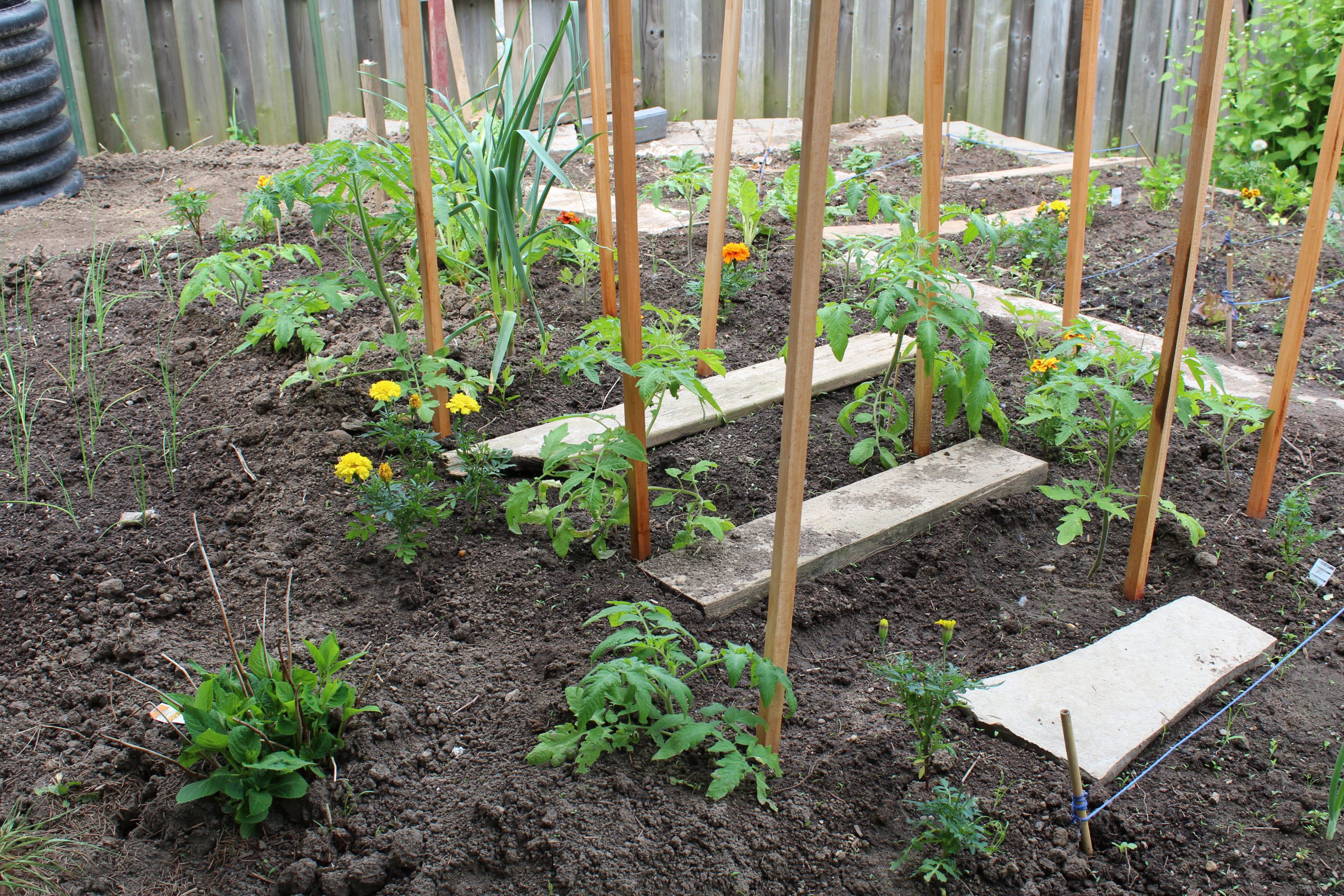
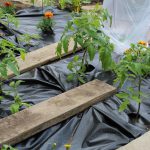

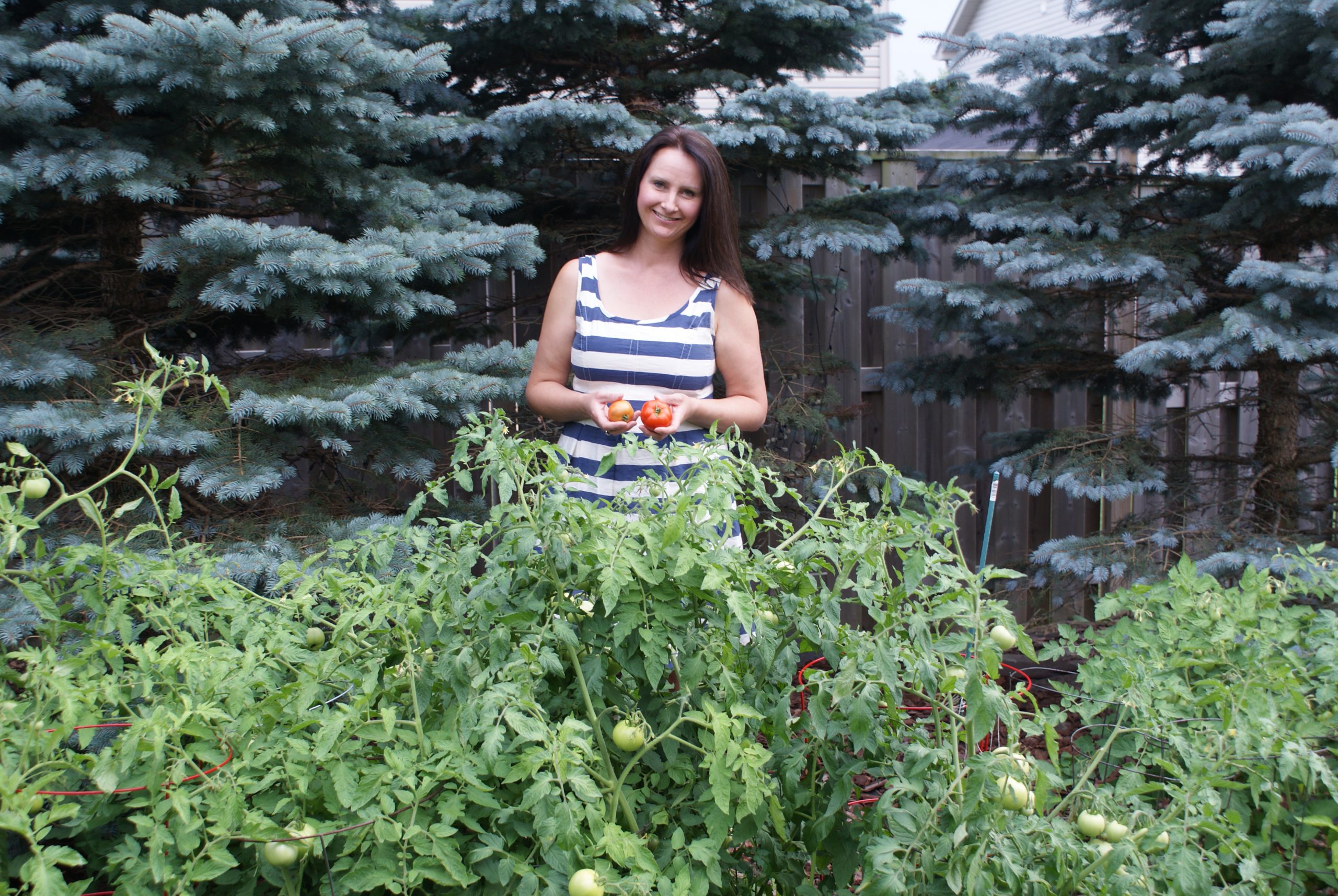

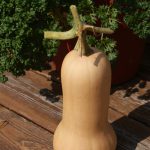

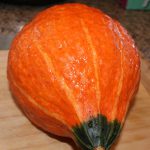
 I have grown acorn squash with success in my garden, and I am excited about growing this variety this year. I chose to grow this squash because it is a better producer than many other squashes. This compact plant should produce 5-8 small (1 ½ pound) fruits, whereas most squashes only produce 2 – 4 fruits. The flavour for this squash (and many squashes) improves with storage, making it an ideal vegetable to plant for use in the fall and winter months.
I have grown acorn squash with success in my garden, and I am excited about growing this variety this year. I chose to grow this squash because it is a better producer than many other squashes. This compact plant should produce 5-8 small (1 ½ pound) fruits, whereas most squashes only produce 2 – 4 fruits. The flavour for this squash (and many squashes) improves with storage, making it an ideal vegetable to plant for use in the fall and winter months.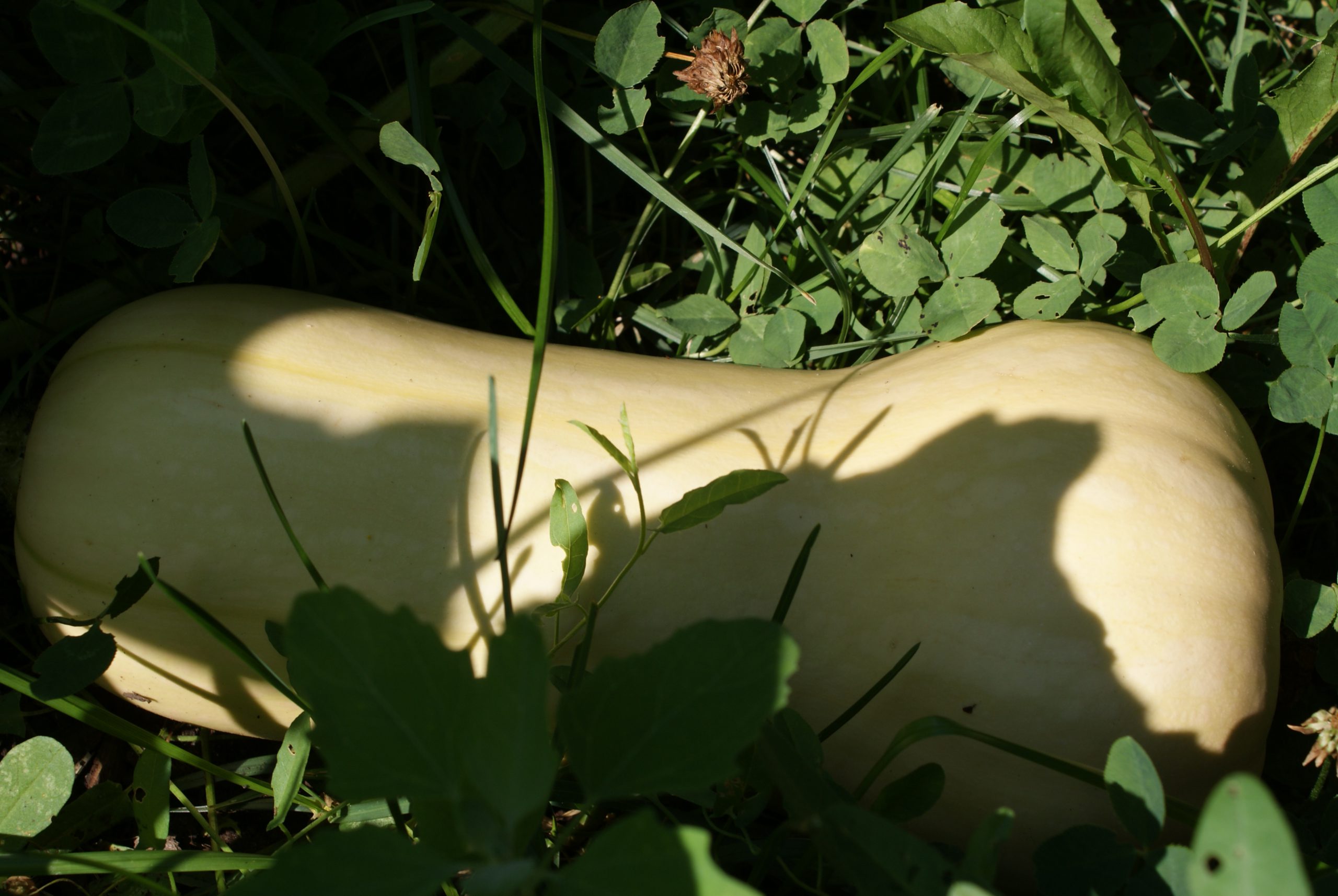

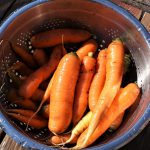
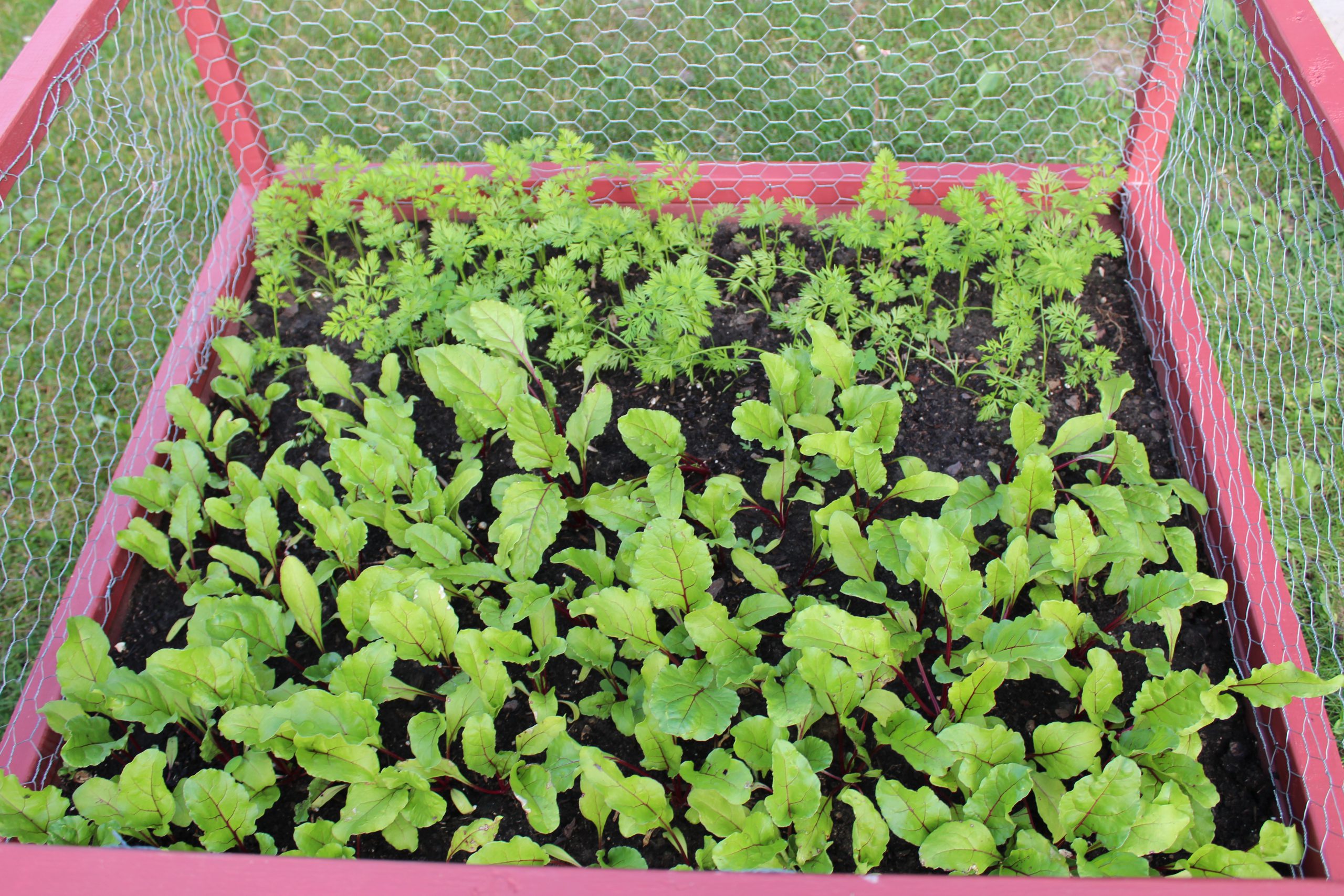
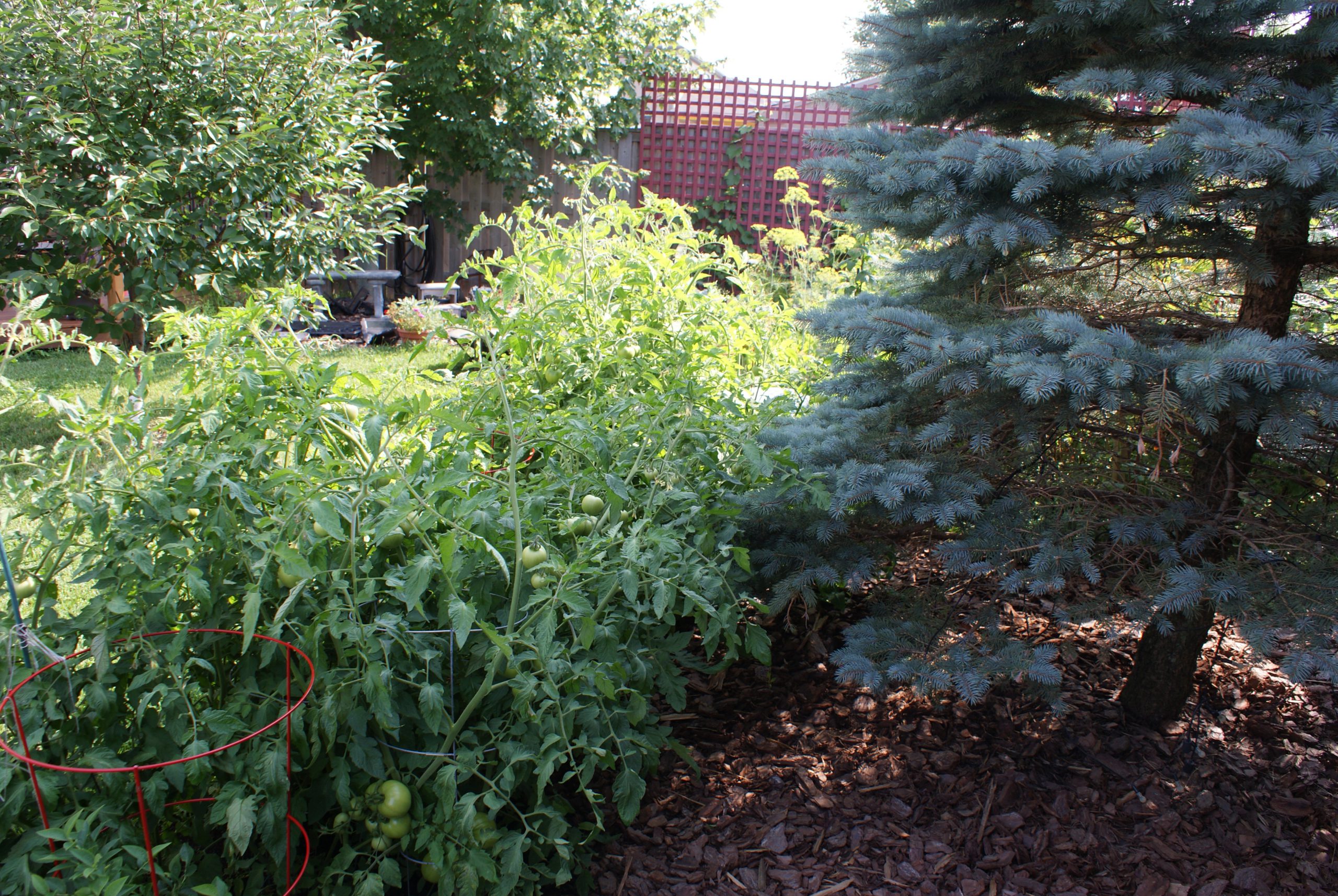
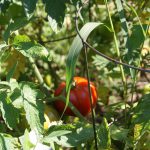
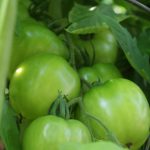


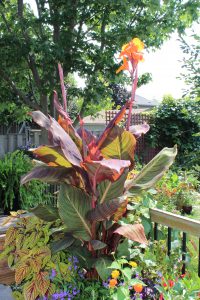

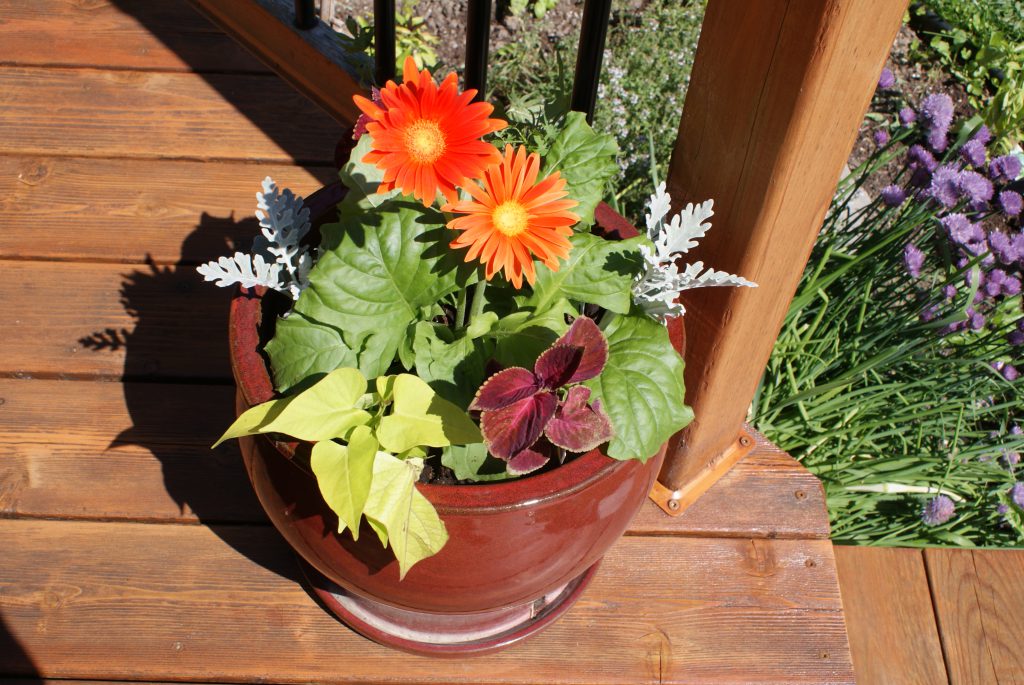
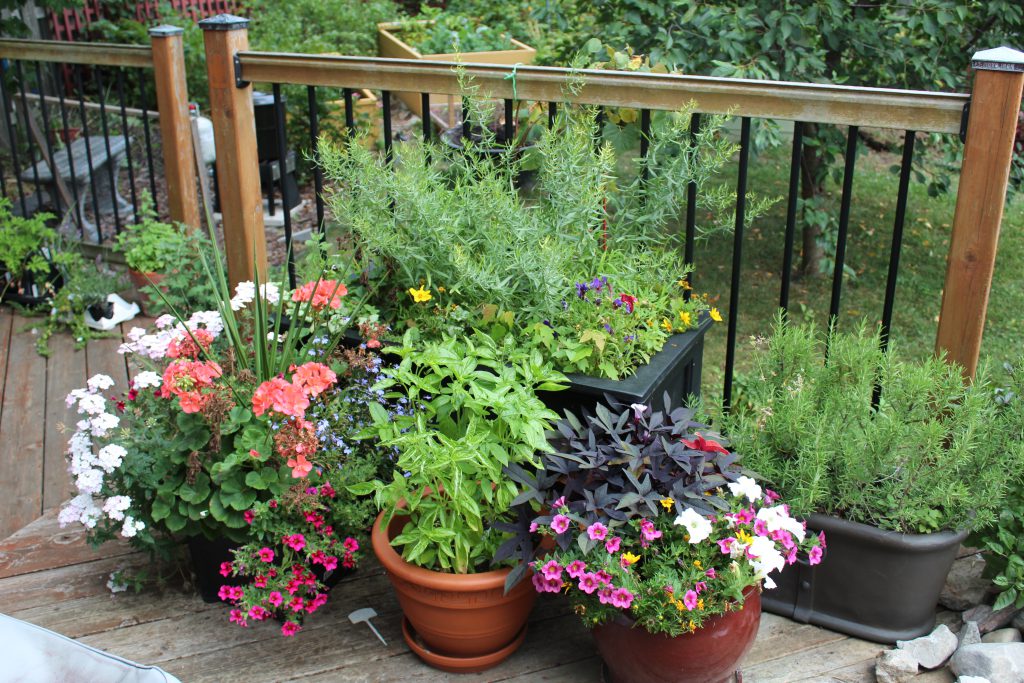
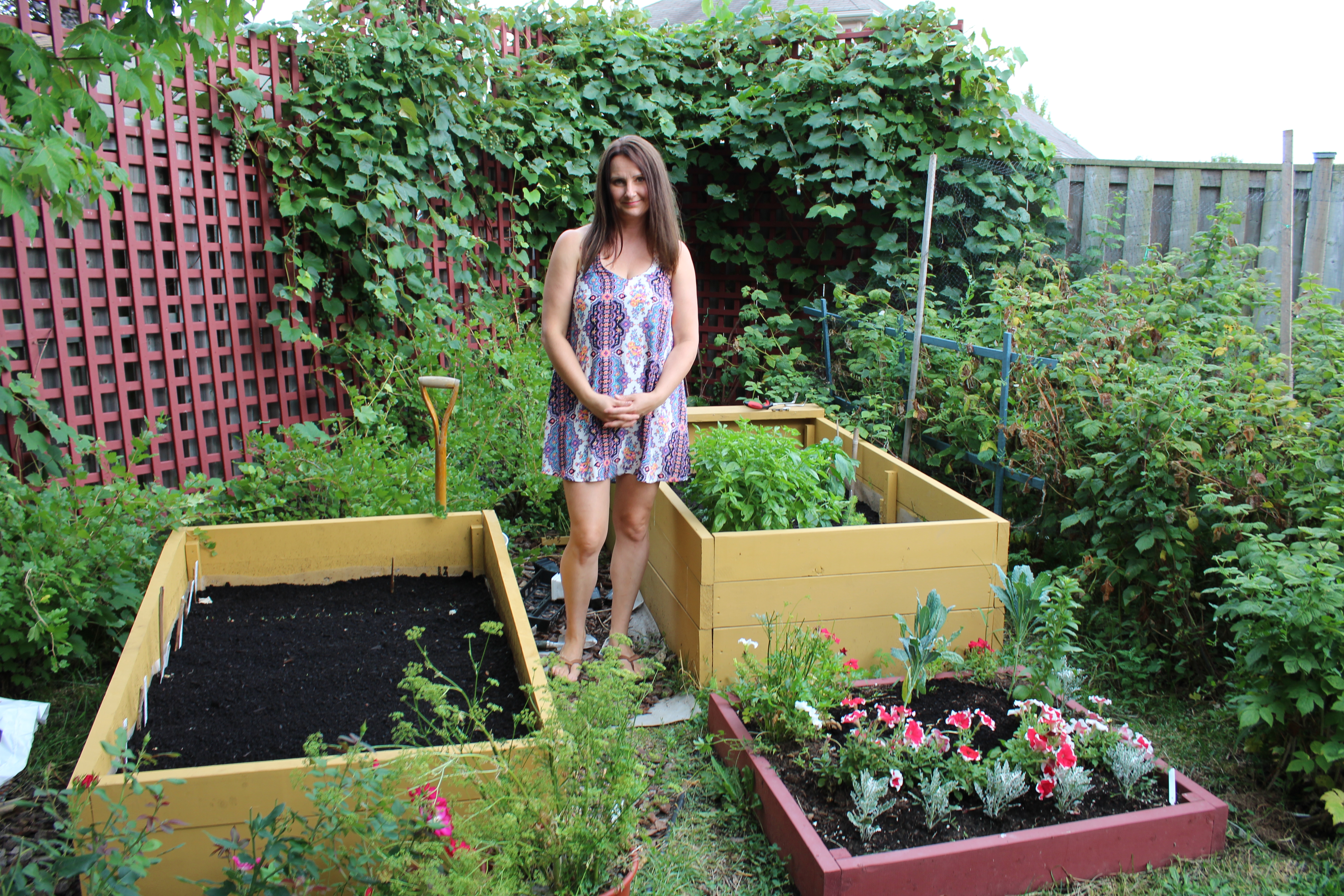
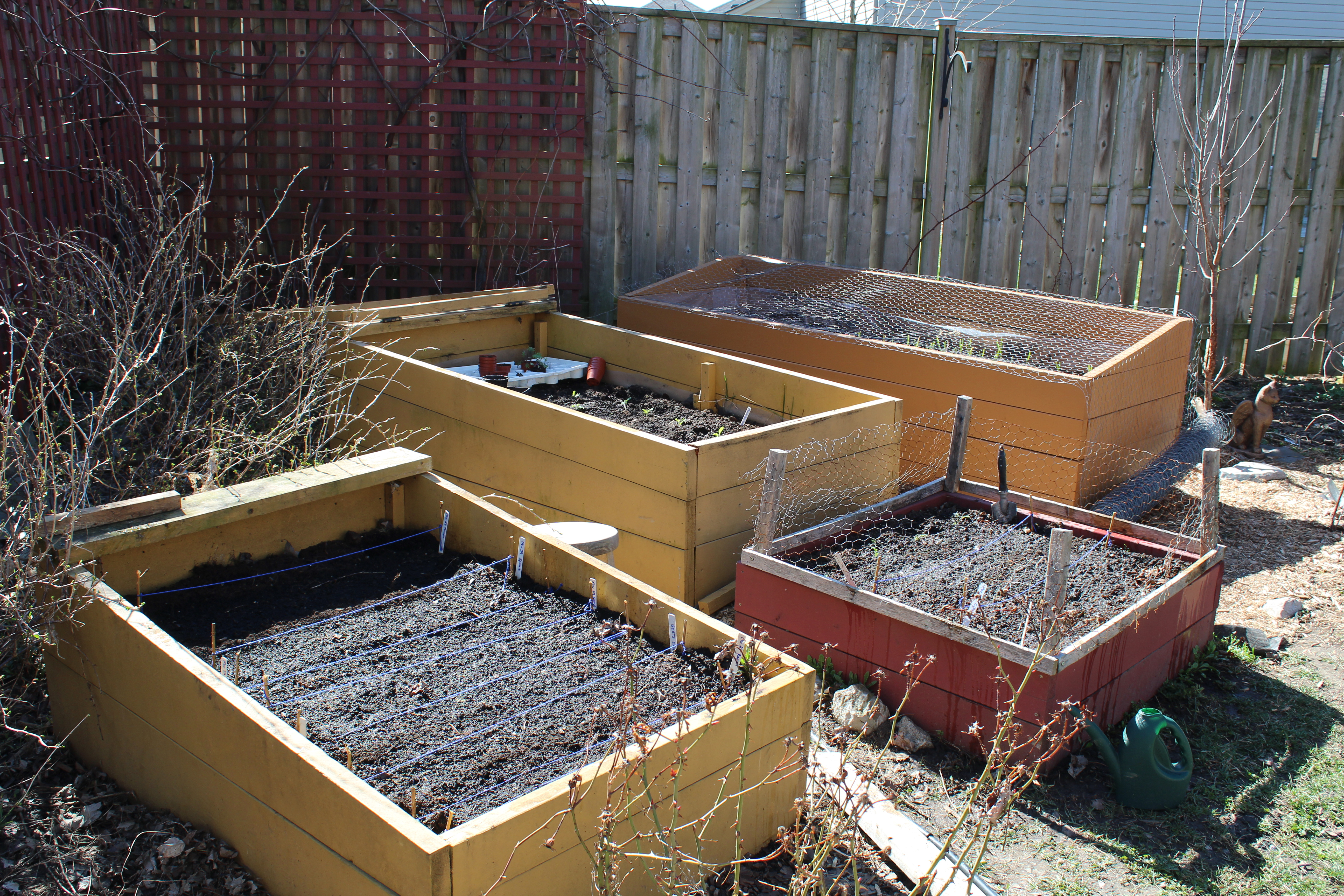
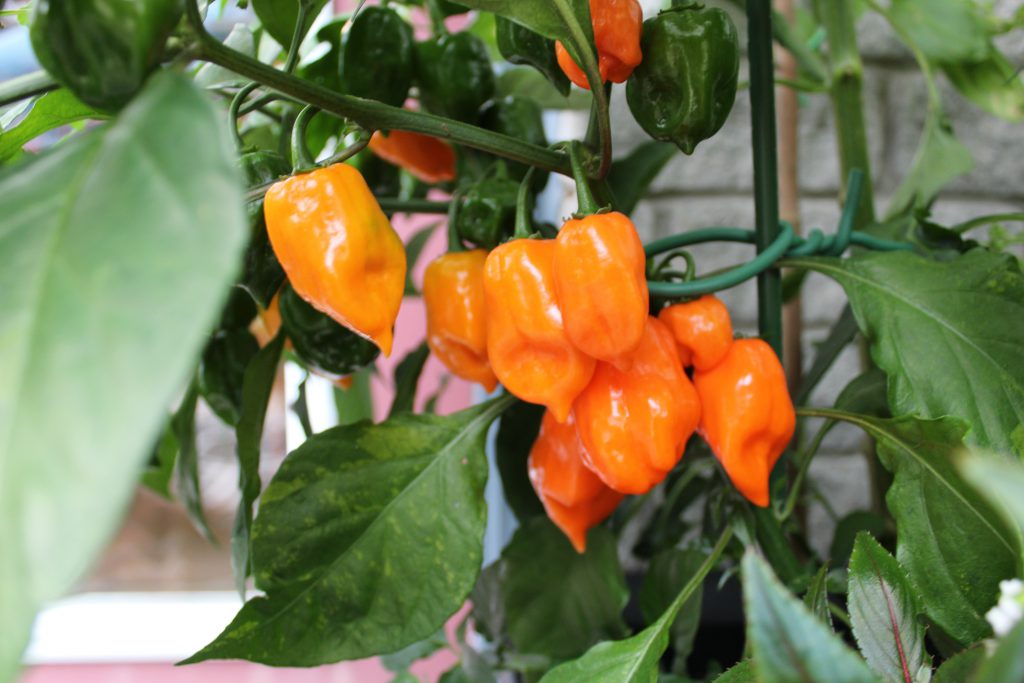
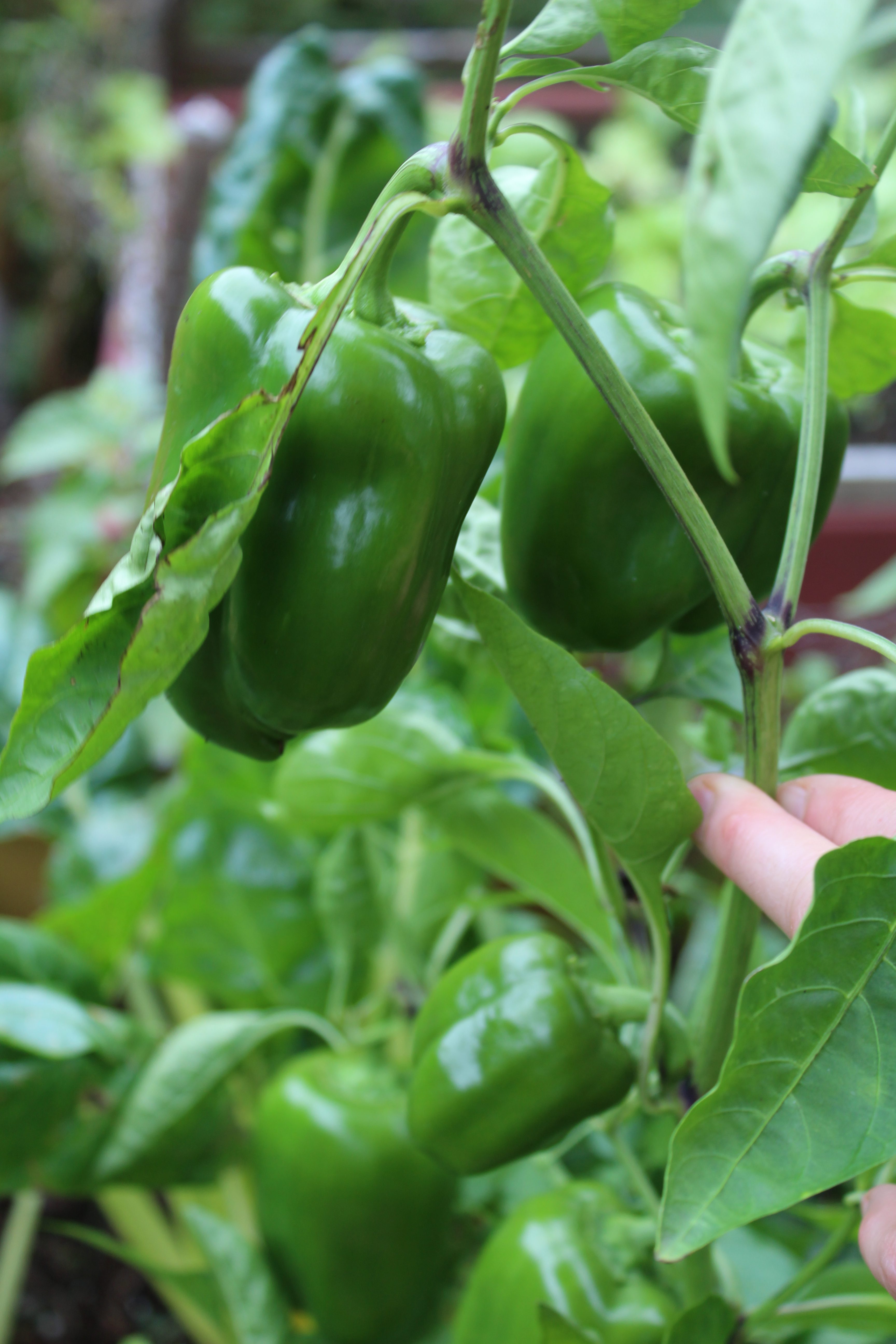 “Bell peppers” often just referred to as red, orange, yellow or green peppers are very nutritious. One red bell pepper has twice the amount of vitamin C as an orange! These nutrient packed vegetables also have vitamins A, B6, K, E and elements such as potassium, magnesium, phosphorus and manganese. Bell peppers are also full of antioxidants, making them a tasty super food.
“Bell peppers” often just referred to as red, orange, yellow or green peppers are very nutritious. One red bell pepper has twice the amount of vitamin C as an orange! These nutrient packed vegetables also have vitamins A, B6, K, E and elements such as potassium, magnesium, phosphorus and manganese. Bell peppers are also full of antioxidants, making them a tasty super food.